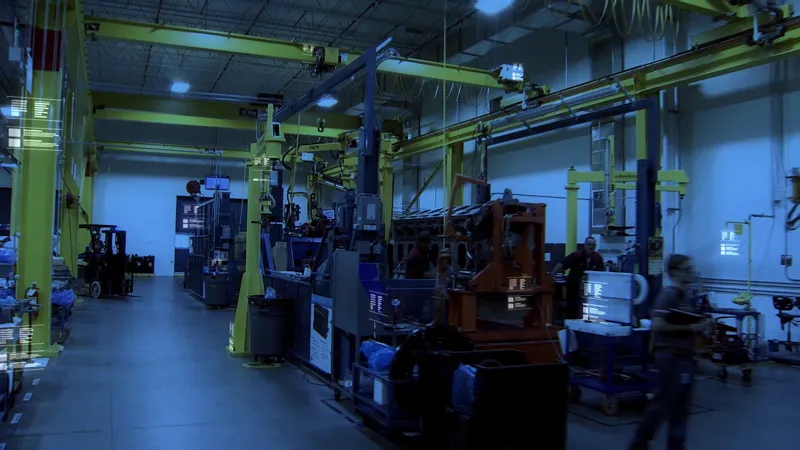
Every Day is ‘Reman Day’ at Wabtec’s Grove City Remanufacturing Site
Thanks to proactive investment in Industry 4.0 technologies, when a modernization order comes into Grove City, it is all hands – and data – on deck.
Introduction
When Wabtec opened its Grove City, Pennsylvania, engine remanufacturing plant in 2012, it not only launched a new value proposition for the freight rail industry – one whose ramifications continue to be felt today – but also a technologically advanced way of engaging with its locomotives and components throughout their lifecycles, extending them for decades.
And it did so with intent – “design intent” to be precise.
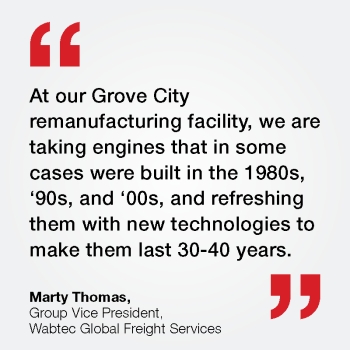
“Remanufacturing begins with good design intentions,” says Marty Thomas, Global Freight Services – Group Vice President at Wabtec. “Freight locomotives are designed, redesigned, and built to withstand multiple lifecycles, technology enhancements, and the changing demand requirements of our customers and regulators throughout those lifecycles. We design our locomotives for the long haul with continuous improvement in mind. That means our engines and components are built so they can be remanufactured after approximately ten years and sent back out into service for another ten. And again – and again. At our Grove City remanufacturing facility, we are taking engines that in some cases were built in the 1980s, ‘90s, and ‘00s, and refreshing them with new technologies to make them last 30-40 years.”
In the process, these engines become more fuel efficient, emit less greenhouse gases, and reduce waste, all major benefits for carriers looking to meet ambitious sustainability goals.
So how does Grove City do it? Welcome to Industry 4.0 in action.
The building blocks of Industry 4.0
Just as Wabtec’s remanufacturing vision is built on design intent, so, too, is its execution. Grove City was built from the ground up for Industry 4.0 manufacturing, the fourth Industrial Revolution marked by enhanced data, connectivity, analytics, and human-machine interaction.
The best way to think about it is highly variable process flow, enhanced – streamlined, guided – at every step by data-driven intelligence.
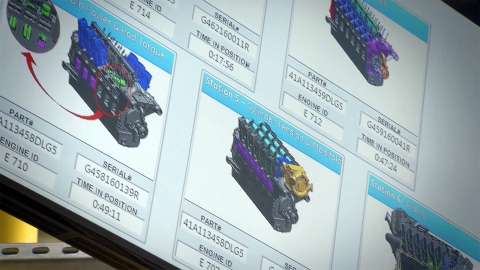
One of the key elements is information flow and data capture. Grove City embraced the future by physically and digitally tagging critical engine assemblies and components, not only to “identify” and “track” them, but to understand the critical characteristics of returned engines and parts. Today, using thousands of on-board microprocessors and modern telemetry, the Grove City plant pulls in data daily from 20,000 locomotives around the world, whether the locomotive is running in India or Nebraska, totaling 4 terabytes of data per year. To put that in perspective, that amount of data is equivalent to a 3.5-billion-page PowerPoint deck (source: How Many Pages in a Gigabyte? A Litigators Guide).
“Today, using data and industry 4.0 technologies, we can prescribe the right conditional routing and subsequent repair procedures for engine assemblies and parts, in real time,” remarks Thomas.
These “virtual” prescriptions trigger “physical” action on the shop floor – a dynamic process known as “conditional routing” – through another advanced machine-to-human interface, Wabtec’s manufacturing execution system (MES), which works so well the company calls this software its “manufacturing excellence system.” With hundreds of trained technicians operating across dozens of manufacturing cells, the MES acts as the ultimate manufacturing orchestrator, assigning remanufacturing tasks and updating the master schedule in real time as individual workers, teams, and cells complete their value-added activities.
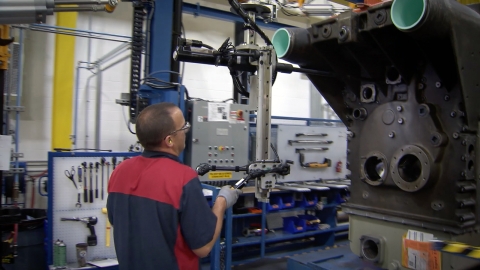
“Our on-site, additive-manufacturing capabilities, and locomotive modernization strategy strengthen our hand in a world marked by global supply chain volatility and unpredictability,” observes Justin Sokol, Wabtec Senior Plant Manager at Grove City. “As an Industry 4.0 site, Grove City provides a level of self-sufficiency that helps Wabtec reduce its reliance on part shipments from overseas and increase control over our lead times and deliveries.”
Sustainability Benefits
Operating a world-class remanufacturing facility also brings with it a host of sustainability benefits. For example, up to 79% of the locomotive engine materials coming into Grove City is re-used; about 20% is recycled; and only 1% goes to waste, perfectly illustrating a circular economy in action.
This circular achievement does not go unnoticed by Wabtec’s customers.
“Wabtec’s dedication to modernizing existing locomotives through an advanced remanufacturing process built on Industry 4.0 principles helps us enable our customers’ emissions reductions and successfully advance their sustainability goals,” adds Robert Bremmer, Group Vice President of Product Management at Wabtec. “Breathing new life and technologies into the workhorse locomotives of our fleet, an act that extends their life, while improving sustainability and performance, is a big win for our customers, company and the environment.”
Designed to Lead, Built to Win
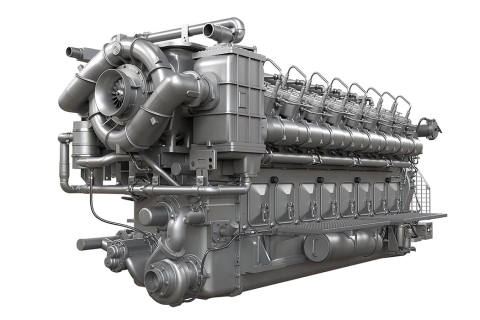
Today, as Wabtec’s Grove City remanufacturing site modernizes hundreds of freight locomotives per year for a who’s who of leading railroads, its original design intent to extend locomotive life through ongoing innovation – creating a highly differentiated remanufacturing juggernaut – appears spot on. Over the course of 12 years, Grove City has proven Wabtec right on three fronts:
- Betting on remanufacturing to meet customer demand for long-lived, high-performing freight locomotives
- Reimagining freight-locomotive design as a platform for continuous improvement; and
- Investing in the virtual and physical infrastructure to execute this vision, one that entails caring for, improving, and re-releasing locomotives into their demanding work environments for decades of future productivity
The fact that these leaps together also drive one of the industry’s most sustainable business models, is a ringing testimony to the transformative thinking and execution, at the heart of Wabtec.